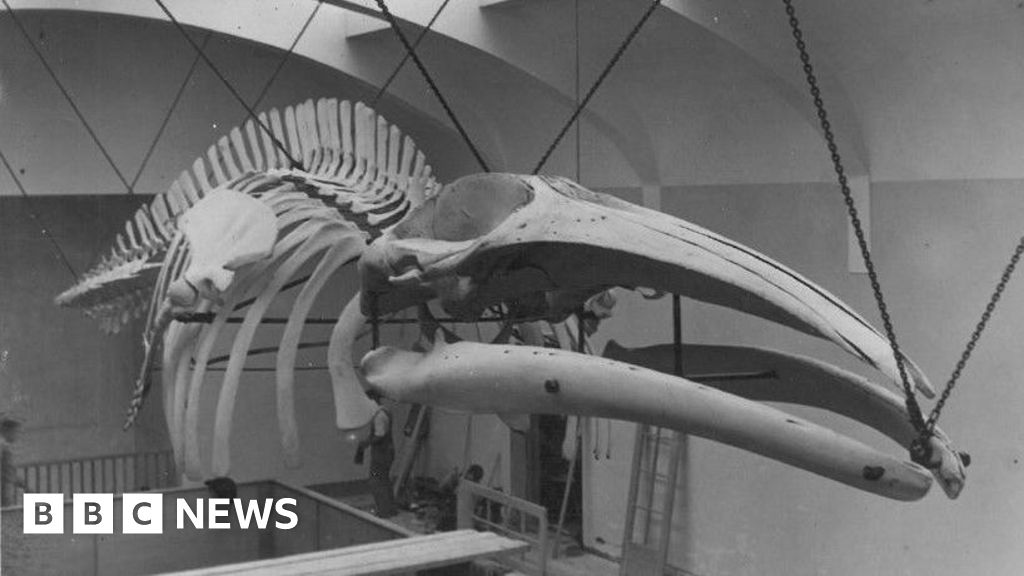Introduction to the Langness Whale
A century ago, the appearance of a stranded whale on the bank of Langness on the Isle of Man caused shock and fascination among the people. The 48-foot cadaver required a mammoth exertion to move, involving ropes, chains, trailers, steam traction engines, and even a towboat. The skeleton of the whale is still the largest individual artifact in the National Collections of the Manx Museum.
The Whale’s Arrival
The female whale was stranded in a gorge on the south coast of the island in the summer of 1925. The spectacle drew crowds, including families with children, who flocked to the shore to see the creature and even pose with it. At that time, natural history and antiquarian societies were very prominent, and things like whale skeletons were seen as prestigious.
The Challenge of Moving the Whale
Moving the whale was not an easy task. It was wrapped in chains and pulled back into the sea, where it was towed by a boat around the coast to Derbyhaven. From there, it was pulled onto land using large pulleys, ropes, and chains, and then transported to a slaughterhouse in Douglas to have the flesh removed. The rotten smell of decay was so potent that police warned people along the route to close their windows as it passed by.
Preparing the Skeleton
After the flesh was removed, the bones were buried for four years to allow them to decompose. This process, known as "organic cleaning," is still used today to prepare whale skeletons. The bones were then dug up, and the skeleton was assembled. The task was enormous, with the skull alone weighing over one ton.
Exhibition of the Skeleton
The skeleton was finally exhibited in the Manx Museum, but it took a decade to get to that point. After a fundraising campaign, the Langness Whale found a home in the newly created Edward Forbes Gallery. The company responsible for assembling the skeleton was the same one that had worked on the blue whale skeleton at the Natural History Museum in London.
What is a Sei Whale?
Sei whales are the third-largest whale species, after blue whales and fin whales. They have a dark color with a white lower abdomen and a long, slim body that can grow up to 19.5 meters in length. They are able to travel at speeds of up to 34 km/h and are known for their unpredictable seasonal movements.
The Langness Whale Today
The Langness Whale is still an important feature of the Manx Museum today. It has fascinated generations of children on the island and continues to inspire and educate visitors. The museum uses the whale skeleton to illustrate various inquiry lines, including history, science, and art. The skeleton serves as an entrance to a greater story, allowing the museum to talk about different topics and reach people in various ways.
The Significance of the Langness Whale
The Langness Whale is a significant artifact that has been prominently exhibited in the Natural History Gallery since 2005. It is a reminder of the importance of preserving the natural world and its history. The museum aims to bring children to the museum, have a nice day, see something really cool, and learn something interesting. The Langness Whale is an inspiration to visitors, and its story continues to captivate audiences of all ages.

